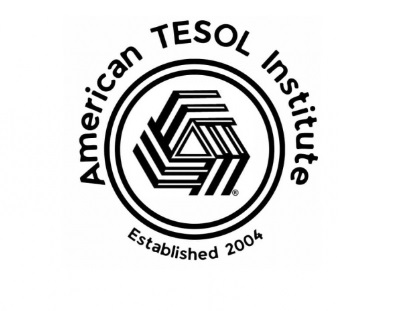Observation is the systematic process of gathering information about a TESOL classroom environment. The observer focuses on various aspects like teacher-student interactions, teaching methods, student engagement, and learning outcomes. This information forms the basis for reflection, improvement, and professional development of teachers.
Observation in TESOL serves four main functions:
- Evaluation: Observing can assess a teacher’s effectiveness in implementing curriculum, using teaching strategies, and managing the classroom.
- Professional Development: Observations provide valuable feedback for teachers to identify areas for improvement and explore new approaches.
- Research: Observing classrooms allows researchers to gather data on teaching practices, student learning, and the effectiveness of TESOL methods.
- Student Support: By observing student participation and understanding difficulties, teachers can tailor their instruction to better meet individual needs.
However, observation is not without its limitations. Three common biases can influence the observer’s perception:
- The Hawthorne Effect: When teachers know they are being observed, they may alter their behavior to appear more effective, potentially creating an unrealistic picture of the classroom.
- Confirmation Bias: Observers may subconsciously focus on evidence that confirms pre-existing beliefs about a teacher’s strengths or weaknesses.
- The Observer Effect: The mere presence of an observer can change student and teacher behavior, impacting the natural classroom dynamic.
To mitigate these biases, it’s crucial for observers to be trained and objective. Utilizing multiple observation sessions and collaborating with teachers during the process can offer a more comprehensive and accurate picture of TESOL instruction.



